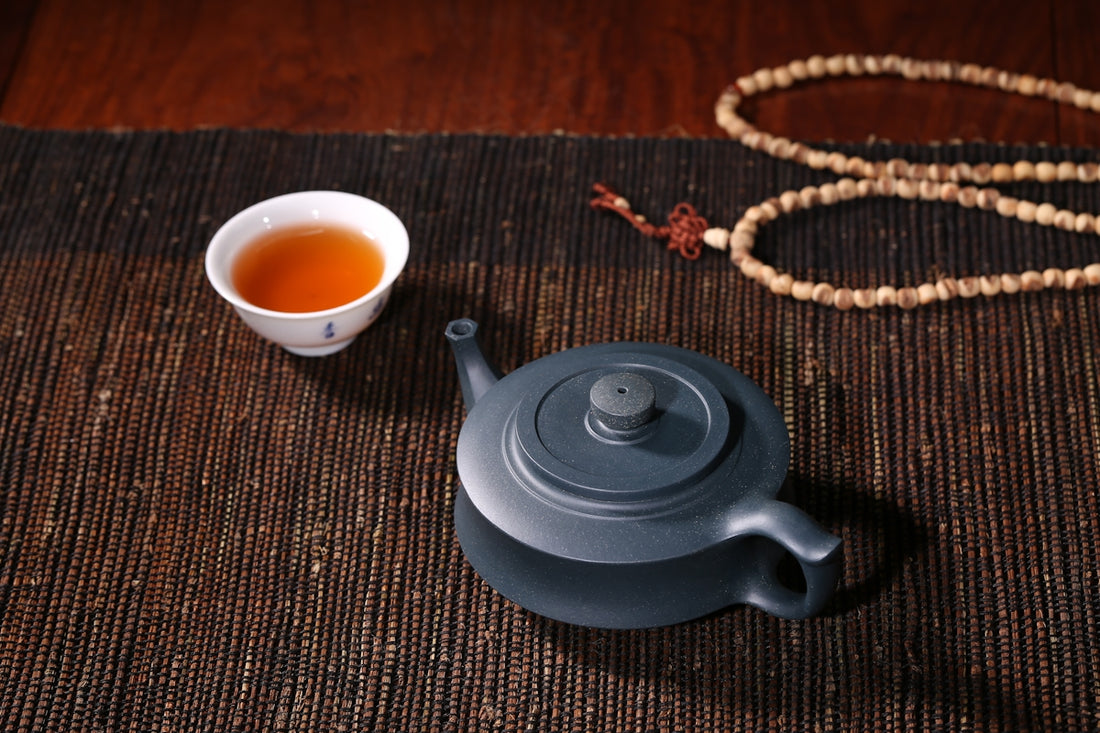
Types of Chinese Tea Explained: From Green to Pu-erh
Chinese tea culture is a fascinating and rich tapestry that has woven itself into the lives of many tea enthusiasts around the world. With several thousand years of history, Chinese tea offers a variety of flavors, aromas, and experiences that capture the essence of nature and tranquility. In this blog post, we take a deep dive into the different types of Chinese tea—from the refreshing greens to the robust Pu-erh. We also answer the burning question: how much loose tea per cup should you use for the perfect brew? We'll also introduce you to some exquisite products available on TeaStart.
The Origins of Chinese Tea
Tea's roots in China date back to approximately 2737 B.C. when Emperor Shen Nong accidentally discovered the beverage. Legend has it that some tea leaves blew into his pot of boiling water, creating an unexpectedly delightful drink. From this fabled beginning, tea has evolved into a diverse spectrum of tastes and practices that vary across regions.
Types of Chinese Tea
Green Tea
Green tea is arguably the most well-known of all Chinese teas. It's minimally oxidized, allowing it to retain a vibrant green color. Not only is it refreshing, but it's also packed with antioxidants. Popular varieties of green tea include Dragon Well (Longjing), known for its rich aroma and sweet aftertaste, and Bi Luo Chun, with its delicate floral notes.
Brewing Tip:
For the perfect cup of green tea, use 2 grams (about 1 teaspoon) of loose leaf per cup of water. Brew at a water temperature of about 175°F (80°C), and steep for 2-3 minutes.
White Tea
White tea is the least processed of all tea types, giving it a light, subtle flavor. Made from the young leaves and buds, it is prized for its smooth, delicate taste and health benefits. A celebrated white tea is the White Peony, renowned for its fresh, mellow fragrance and fruity notes. You can explore this delightful tea on TeaStart's White Peony page.
Brewing Tip:
For a cup of white tea, use about 2 teaspoons of loose leaf per 8 ounces of water, with a steeping time of 4-5 minutes at a temperature of 185°F (85°C).
Oolong Tea
Oolong tea represents a bridge between green and black teas. It's partially oxidized, offering a complex flavor profile. One famous variety is Tieguanyin, a stunning oolong known for its floral aroma and buttery texture. Tea enthusiasts can enjoy the refined flavors of Alpine Tieguanyin available on TeaStart.
Brewing Tip:
Steep about 1 tablespoon of oolong leaves in 8 ounces of water at around 195°F (90°C) for about 3 minutes.
Black Tea
Known in China as "red tea," black tea undergoes complete oxidation, producing a robust, dark brew. It's rich in flavor and often enjoyed straight or with milk. Notable Chinese black teas include Keemun and Lapsang Souchong, each offering distinct taste experiences.
Brewing Tip:
For black tea, use 1-2 teaspoons of loose leaf per cup, with boiling water and a steeping time of 3-5 minutes.
Pu-erh Tea
Pu-erh is a fermented tea that gains complexity and richness with age. Hailing from the Yunnan region, it can be either raw (sheng) or ripe (shou). The complexity of Pu-erh is unmatched, offering a deep, earthy flavor profile. A remarkable selection is the Da Xue Shan Pu'er Tea, sourced from the Snowy Mountain region, which you can find on TeaStart.
Brewing Tip:
For Pu-erh, use 4-5 grams of leaves with boiling water, steeped for 2-3 minutes. Multiple steepings bring out the full range of flavors.
The Art of Brewing: How Much Loose Tea Per Cup?
The key to a perfect cup of tea lies in the balance of tea leaves to water. Each type of tea has its unique requirements, as highlighted above. Generally, using about 1-2 teaspoons (or roughly 2 grams) of loose tea per 8-ounce cup of water is a good rule of thumb. Adjust the amount and steeping time as you discover personal preferences.
Brewing Tools and Accessories
Enhance your tea experience with innovative brewing accessories. For a seamless experience, consider using the ZenPour, a sophisticated tool for tea enthusiasts. Additionally, the Tea and Water Separation Tea Cup offers a stylish and efficient way to enjoy your brew. Check out these products on TeaStart and Tea and Water Separation Tea Cup respectively.
Conclusion
Exploring the types of Chinese tea opens up a world of flavors and traditions. Whether you're a casual drinker or a budding connoisseur, these teas offer something unique. From the light notes of White Peony to the deep complexities of Da Xue Shan Pu-erh, there's a tea out there for everyone. Remember to adjust the amount of loose tea per cup to suit your palate and create a personalized tea ritual that resonates with you. Immerse yourself in this age-old culture, and let each sip carry you to the serene landscapes of China. Drink mindfully, and let tea be your guide on a journey of discovery.
To explore more exquisite teas, visit TeaStart.
